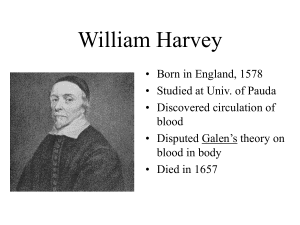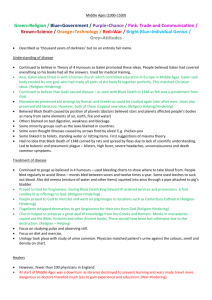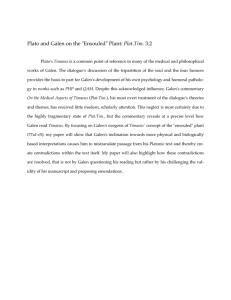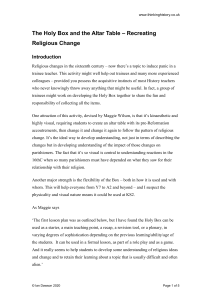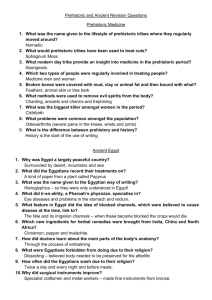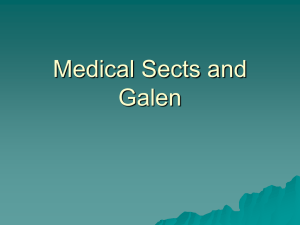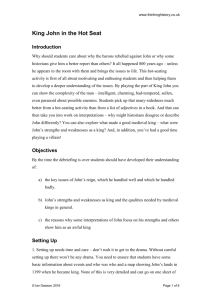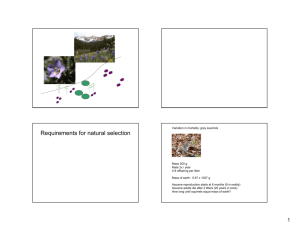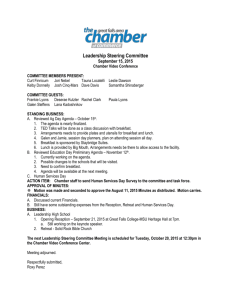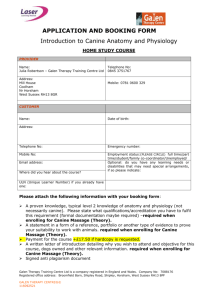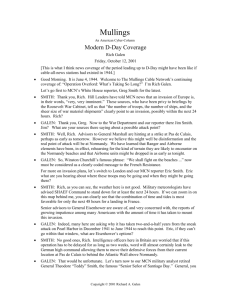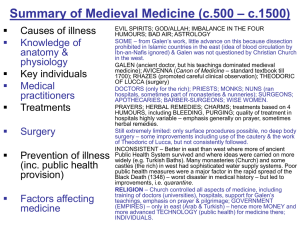What`s under the sheet? Using mystery objects to
advertisement
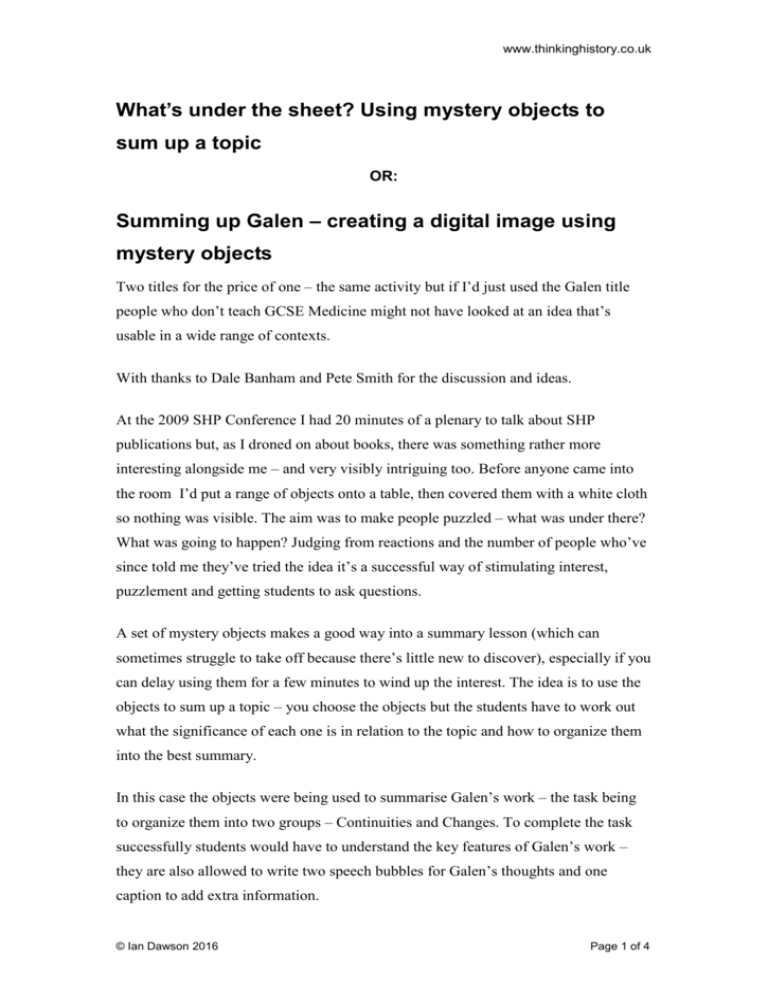
www.thinkinghistory.co.uk What’s under the sheet? Using mystery objects to sum up a topic OR: Summing up Galen – creating a digital image using mystery objects Two titles for the price of one – the same activity but if I’d just used the Galen title people who don’t teach GCSE Medicine might not have looked at an idea that’s usable in a wide range of contexts. With thanks to Dale Banham and Pete Smith for the discussion and ideas. At the 2009 SHP Conference I had 20 minutes of a plenary to talk about SHP publications but, as I droned on about books, there was something rather more interesting alongside me – and very visibly intriguing too. Before anyone came into the room I’d put a range of objects onto a table, then covered them with a white cloth so nothing was visible. The aim was to make people puzzled – what was under there? What was going to happen? Judging from reactions and the number of people who’ve since told me they’ve tried the idea it’s a successful way of stimulating interest, puzzlement and getting students to ask questions. A set of mystery objects makes a good way into a summary lesson (which can sometimes struggle to take off because there’s little new to discover), especially if you can delay using them for a few minutes to wind up the interest. The idea is to use the objects to sum up a topic – you choose the objects but the students have to work out what the significance of each one is in relation to the topic and how to organize them into the best summary. In this case the objects were being used to summarise Galen’s work – the task being to organize them into two groups – Continuities and Changes. To complete the task successfully students would have to understand the key features of Galen’s work – they are also allowed to write two speech bubbles for Galen’s thoughts and one caption to add extra information. © Ian Dawson 2016 Page 1 of 4 www.thinkinghistory.co.uk This is the scene created by one group of students – there’s clearly a ‘thought bubble’ brewing in Galen’s mind! What were the objects under the cloth? A stuffed monkey [Galen’s dissecting of apes if no human body available) A cucumber and pepper [treatment by opposites] Two piles of books – a smaller one labelled Hippocrates, a bigger one labelled Galen [Galen building on Hippocrates’ writings] A glass jar labelled ‘bleeding cup’ [Theory of the Four Humours] A skull [importance of dissection to learn about anatomy] A sword [Galen’s early medical experience in a school for gladiators] © Ian Dawson 2016 Page 2 of 4 www.thinkinghistory.co.uk Creating such a scene, photographing it and annotating it makes a motivating end of topic summary. It’s visual, active, involving – and intriguing at the outset. Most importantly it involves thinking and is likely to be memorable, giving students a greater chance of recalling the detail. What other topics could you try this with? There’s a wide range of possibilities. This example sums up the changes and continuities resulting from the Norman Conquest. You’d need: A crown [change of monarch] A sword [harrying of the north] A lego house [lack of impact on homes] A Bible or picture of a church or cathedral [rebuilding of cathedrals] A dictionary [changes in language] A very big book [Domesday] Farm animals [farming unchanged] Herbs [Medicine unchanged] Picture of a castle or model castle For other possibilities relating to the Norman Conquest see another activity on this website: ‘Change and Continuity: the impact of the Norman Conquest’ http://www.thinkinghistory.co.uk/ActivityBase/ChangeContImpactNormanC.html © Ian Dawson 2016 Page 3 of 4 www.thinkinghistory.co.uk What else? A more demanding task would be for students to choose the objects – begin with what they want to portray, then decide how to do this. Can the rest of the class interpret the resulting visual summary? A further alternative is to use this activity to introduce a topic (especially if students have done this generic activity before on a different topic) – what might each object be telling you about this event/person/period? Make some suggestions – let’s do some research to see which ideas are right. Resources Blog link – see Esther Arnott’s comments in ‘Classroom design’ on using objects at http://www.estherarnott.com/history-teaching.html This activity is taken from SHPs 2009 Medicine through time books. See: http://www.thinkinghistory.co.uk/Books/BooksSHP/BooksSHPDevtMed.html © Ian Dawson 2016 Page 4 of 4
